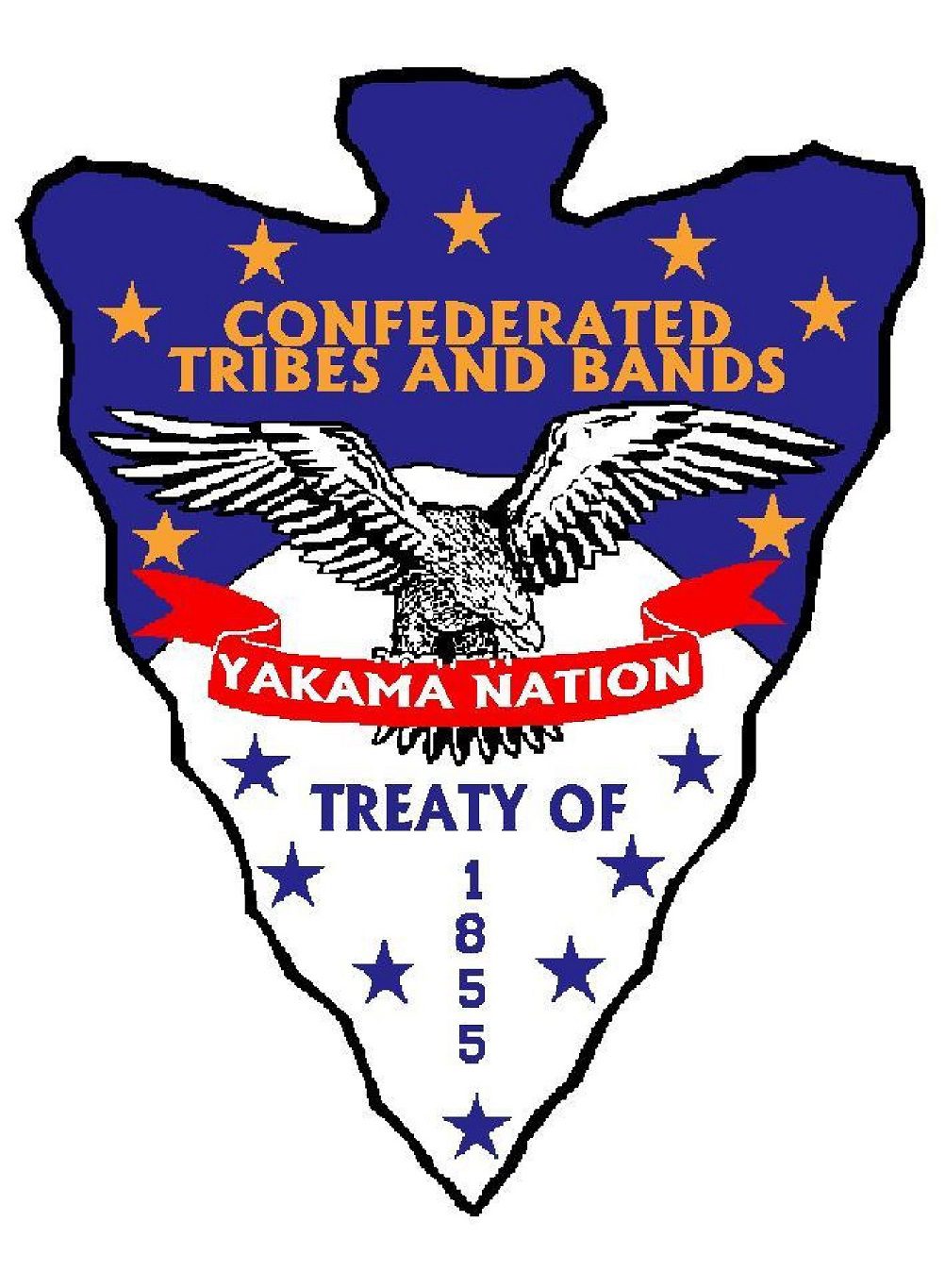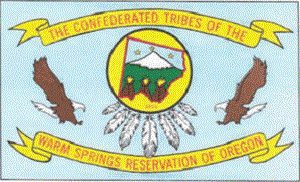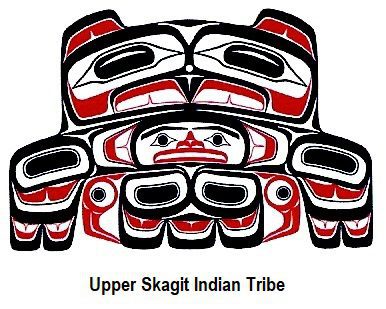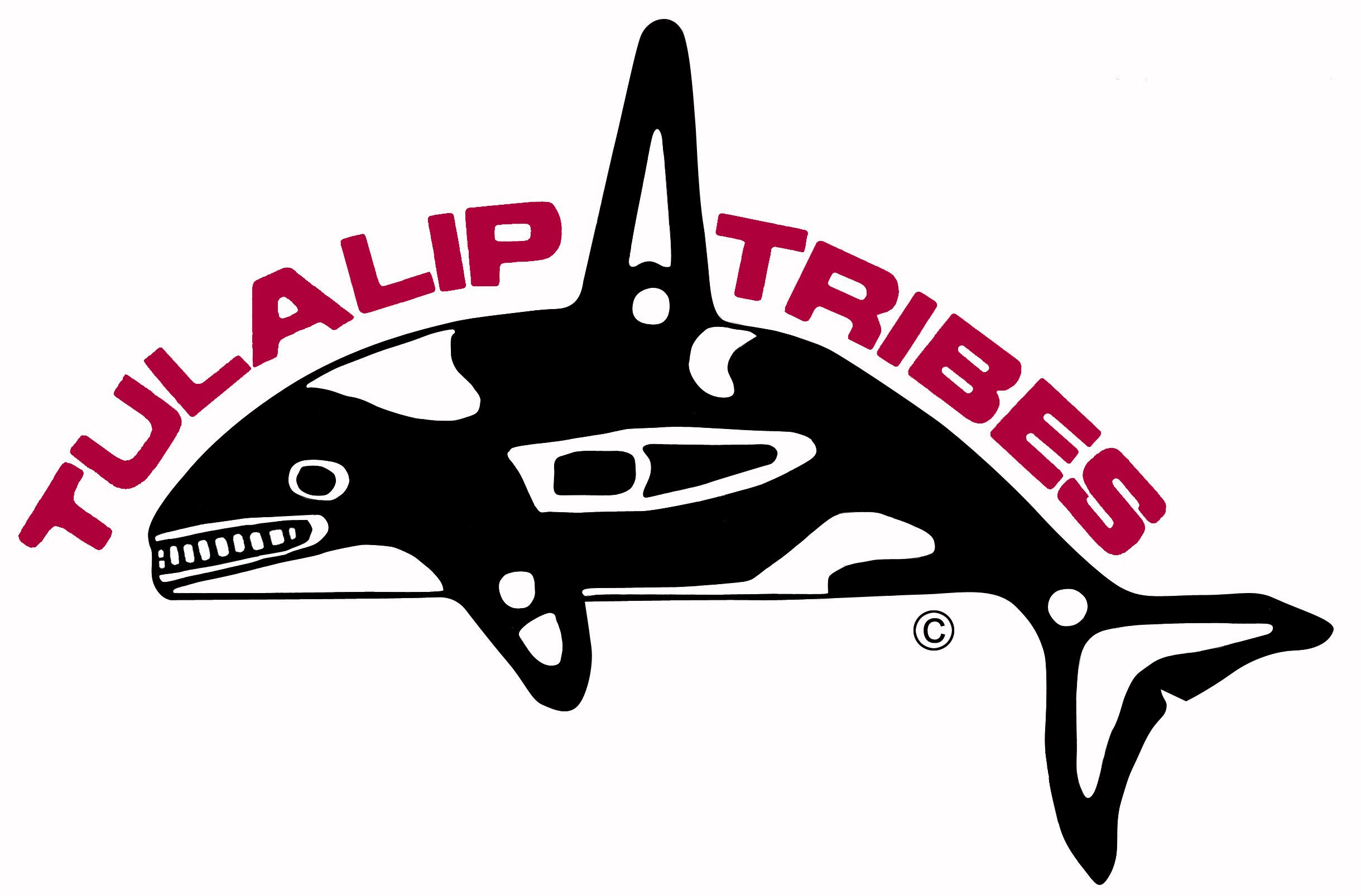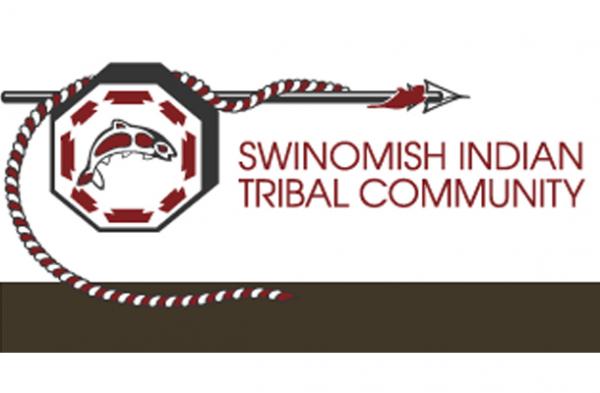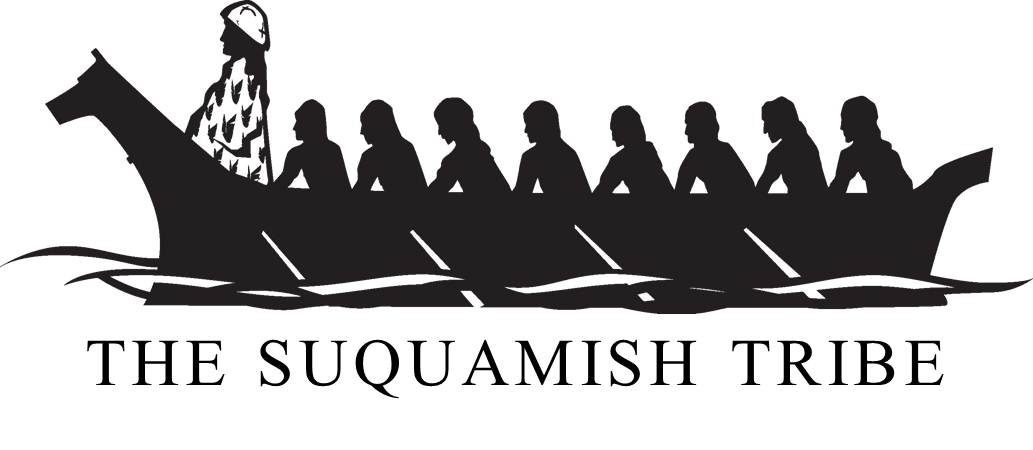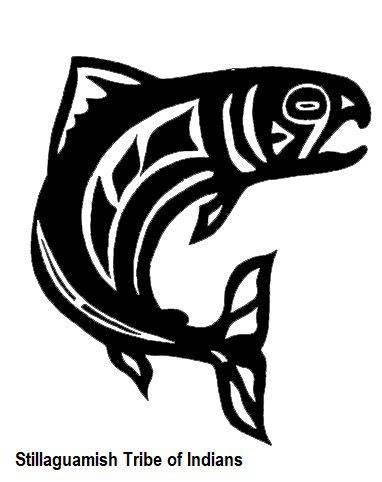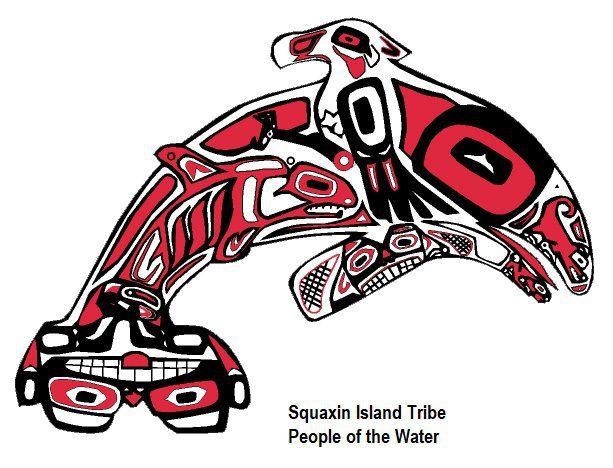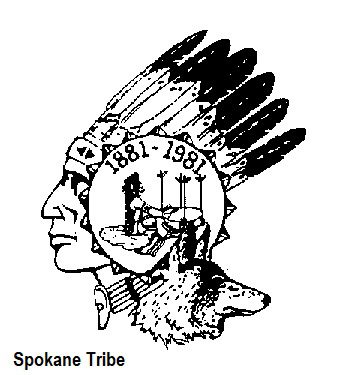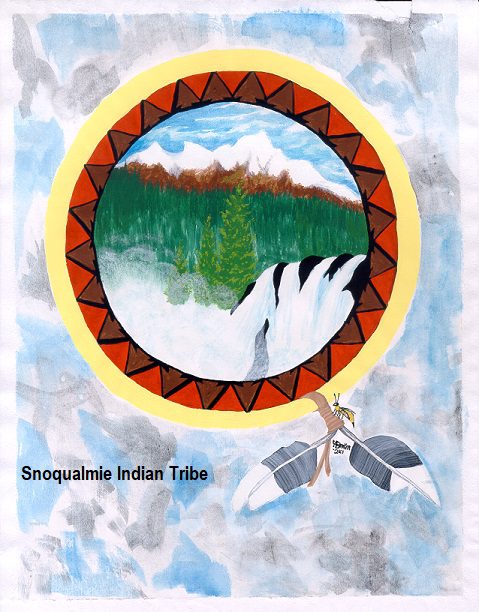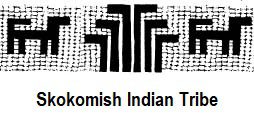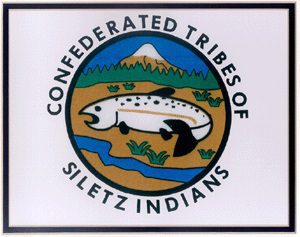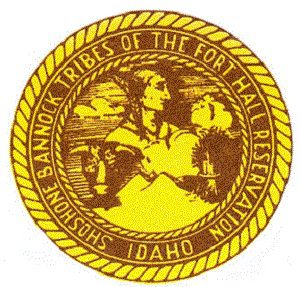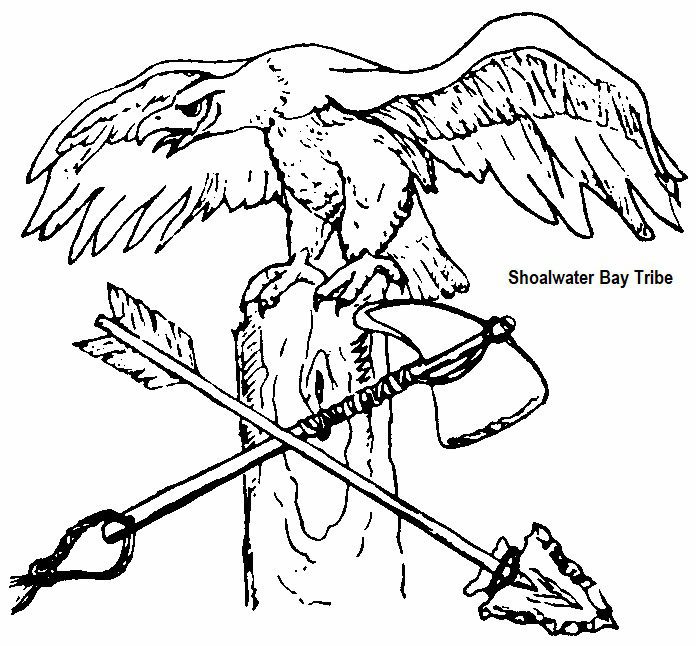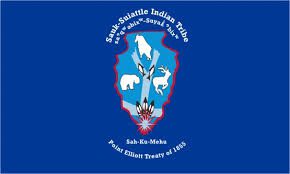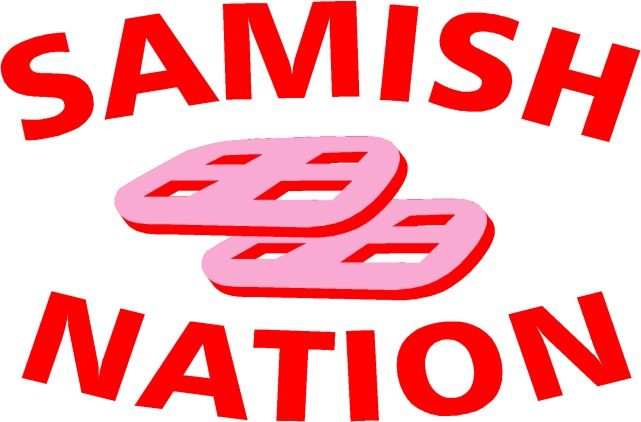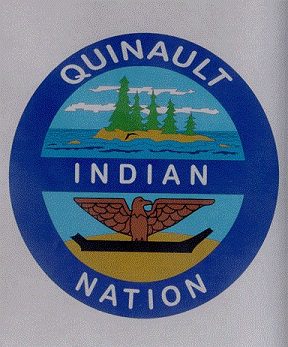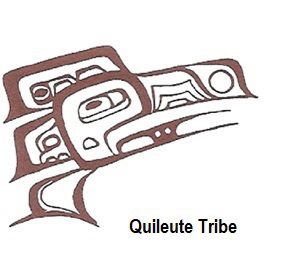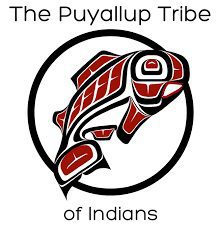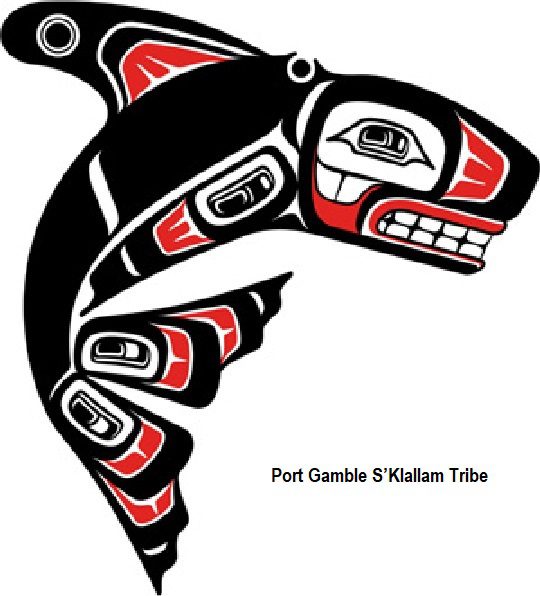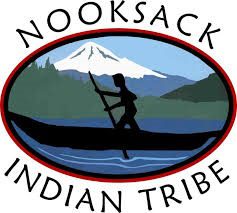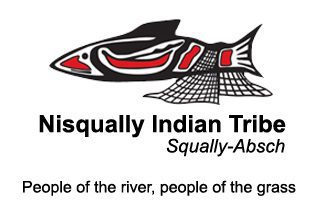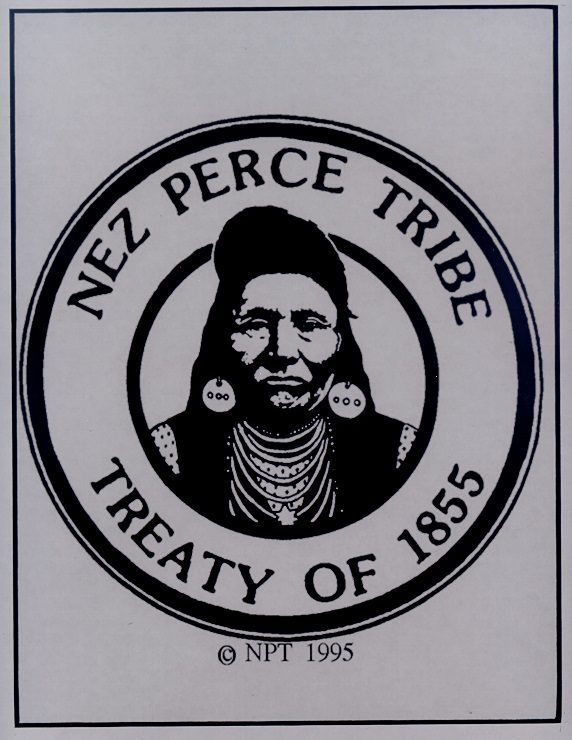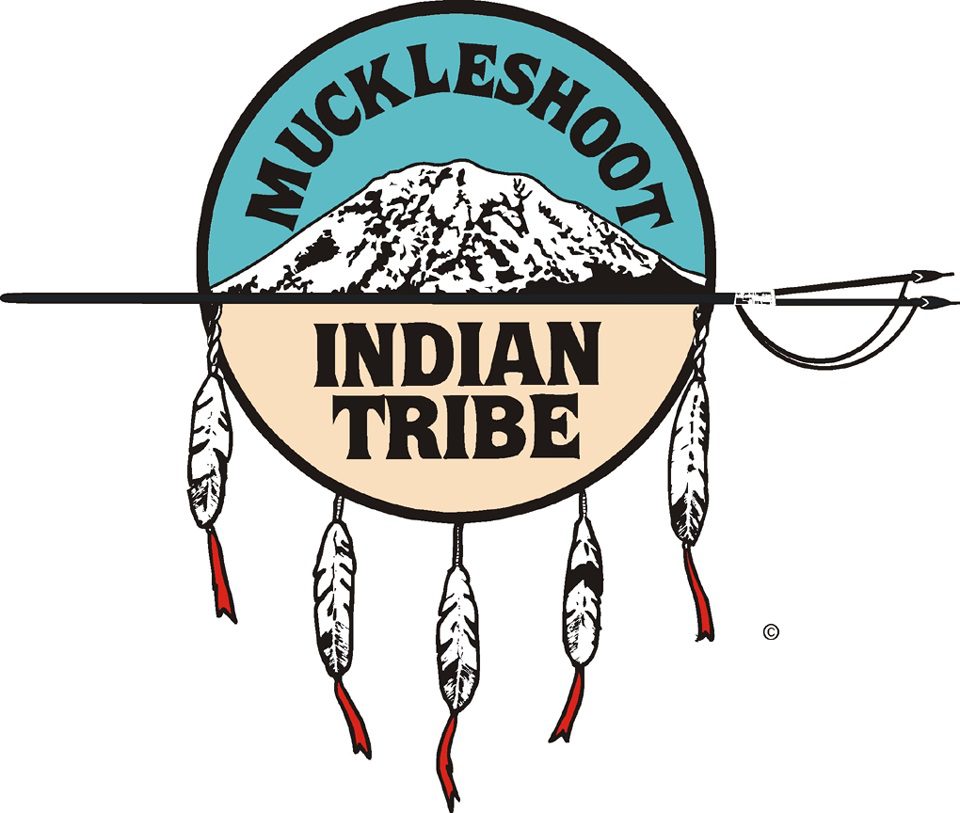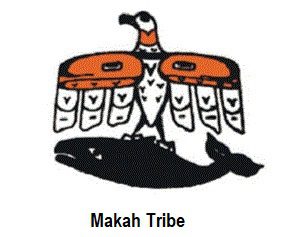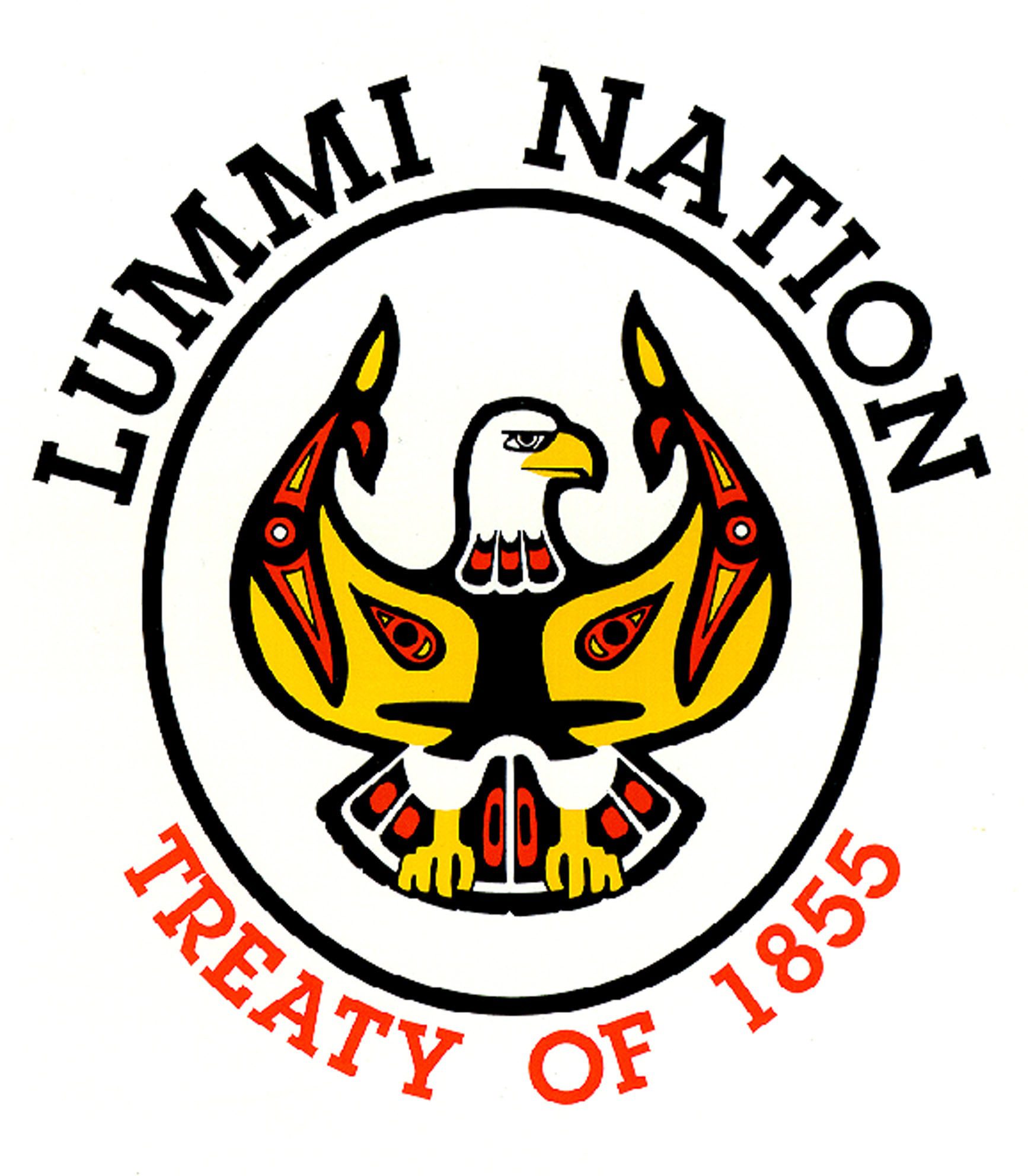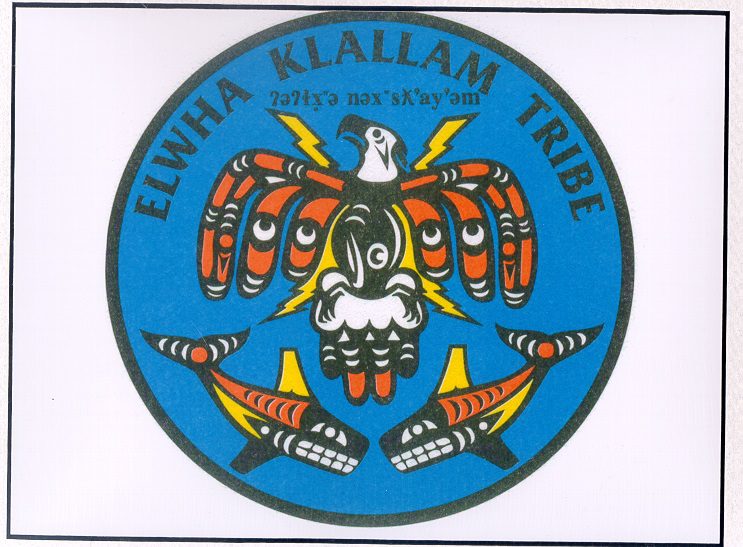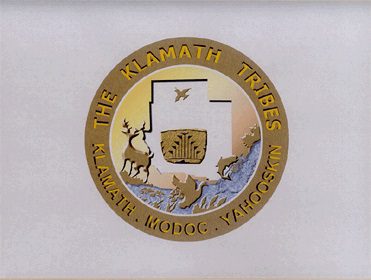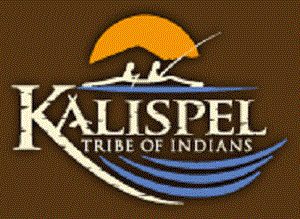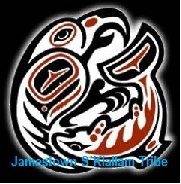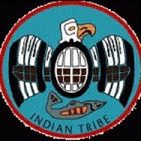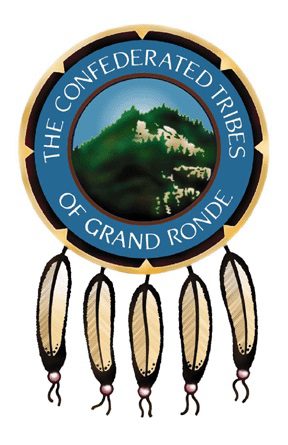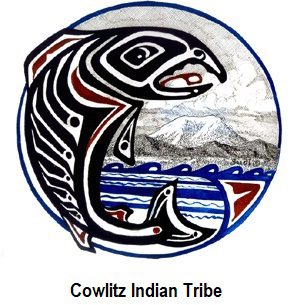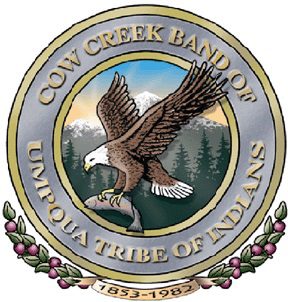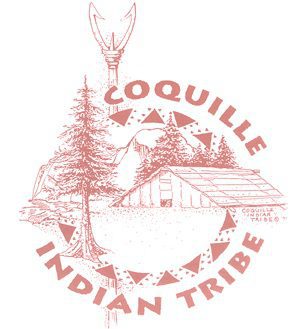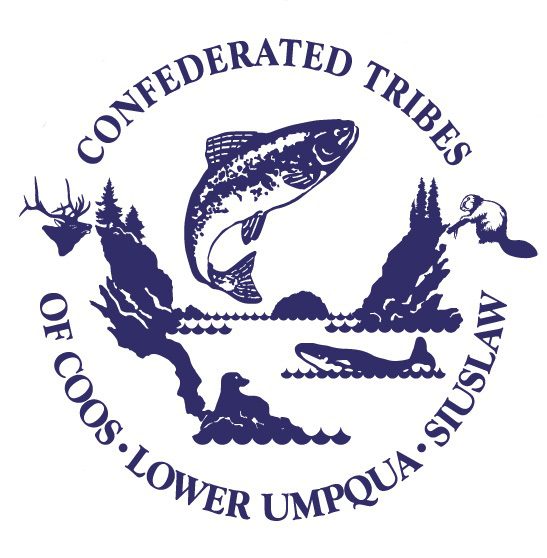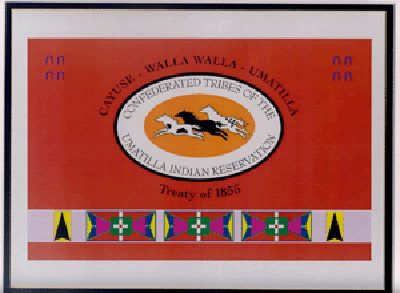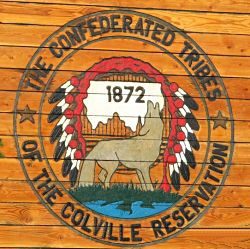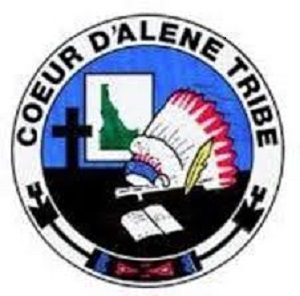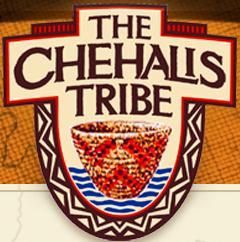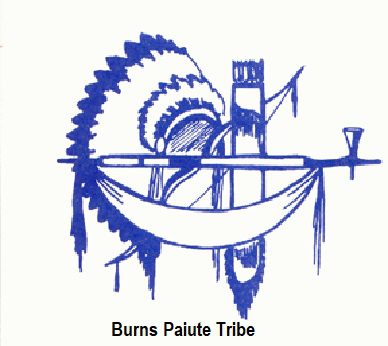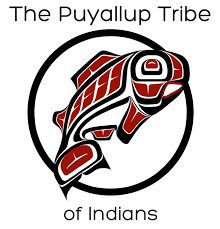The Tribe has made significant strides in providing healthcare to the Tribal membership. Prior to 1979, Tribal members had great difficulty accessing care, as resources and funding were largely unavailable. Healthcare services on the reservation actually began with a Nurse Practitioner and Mental Health provider one day a month from the federal Indian Health Service (IHS).
In 1993, the Tribe opened a building which housed the new clinic and all health services. In addition, Contract Health Services were added and later an M.D. and nurse began providing medical care on-site a half day each week. This arrangement continues today as other services were added which include: Billing Assistant, Substance Abuse, Youth Prevention, Diabetes Program, Community Health Representative, Public Health Nursing and Health Director.
As a result of providing on-site services, there has been a substantial increase in utilization of healthcare. Some of the benefits include increased immunization rates and overall positive health outcomes in a number of areas.
Their facility is the Kootenai Tribal Clinic. Providers contracted include 1 physician, 1 physician assistant, 1 LPN, 1 CHR, 1 medical social worker, mental health specialist. These positions are direct tribal hires. Care is covered by contract health. CHR, Alcohol, Dental and Well-Child Program.
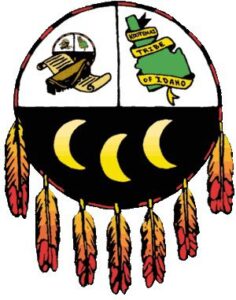
Historically, the Kootenai bands occupies territories along the Kootenai River, in parts of Montana, Idaho and British Columbia. Although they did not share a common language with any other group, they were closely aligned with the Flatheads and the Kalispel Pend Oreilles by common territories and intermarriage. Their culture was of the “Basin” type found in the Columbia Basin area. Their lifestyle was dependent on hunting, fishing, and gathering of roots and berries. The mainstay of their diet was salmon, starchy roots and bulbs. Theirs was a semi-nomadic culture, with permanent winter villages near good fishing sites. Their social structure was based on the extended family groupings. Clothing was made from woven bark and plant fibers; lodges were conical huts constructed of a pole framework covered with rush mats. Basketry supplies most of their utensils, including cups, bowls, and storage bags. As with other tribes, the Dawes Act of 1877 let to loss of tribal and individuals allotments they had received from the Treaty of 1855. The Kootenai Reservation was first established in 1896. After subsequent land loss, the reservation was re-established in 1974. Much of their original territory is now in the hands of non-Indians. Currently they live on a 2,695 acre reservation. They operate under a constitution written subsequent to the Wheeler-Howard Act. The Kootenai Tribal Council consists of five members, one of which is the Chief with life tenure. On September 20, 1974, following years of loss of their aboriginal lands, the 67 remaining Kootenais declared war on the United States. Although it was a peaceful war, the publicity got the nation’s attention and at long last the Kootenais were deeded 12.5 acres of land.
Reservation occupies 3,985 acres on US 95-2. The city of Bonners Ferry has an of elevation 1,900 ft. Annual rainfall is 24.5 inches with average temperatures of 26 – 68. The reservation is located in Boundary country with a population of 7,500 and the per capita income is $9,701.
Historically, the Kootenai bands occupied territories along the Kootenai River, in parts of Montana, Idaho and British Columbia. Although they did not share a common language with any other group, they were closely aligned with the Flatheads and the Kalispel Pend Oreilles by common territories and intermarriage.
Since 1986, the Kootenai Tribe has owned and operated the Kootenai River Inn. Located in Bonners Ferry, Idaho, it is now the Kootenai River Inn Casino and Spa, also has the Springs Restaurant, Casino Deli, the Kootenai Day Spa, and gift shop.
Principal industries include forest products, tourism, sand and gravel.
The reservation occupies 3,985 acres on US 95-2. The city of Bonners Ferry has an elevation of 1,900 ft. Annual rainfall is 24.5 inches with average temperatures of 26 – 68. The reservation is located in Boundary country with a population of 7,500 and the per capita income is $9,701. The Kootenai Tribe of Idaho is a sovereign nation governed by the Kootenai Tribal Council. This nine-person board is comprised of nine adult Kootenai Tribal members, and includes a Chairman, Vice-Chairman, Secretary and Treasurer. There are also three general Tribal Council members and two alternate Tribal Council members.
The Kootenai Tribe of Idaho is divided into three districts based on family groups. Members of the Kootenai Tribal Council are selected from the districts from which they are members. Elected officials serve a four-year term.
Their culture was of the “Basin” type found in the Columbia Basin area. Their lifestyle was dependent on hunting, fishing, and gathering of roots and berries. The mainstay of their diet was salmon, starchy roots and bulbs. Theirs was a semi-nomadic culture, with permanent winter villages near good fishing sites. Their social structure was based on the extended family groupings. Clothing was made from woven bark and plant fibers; lodges were conical huts constructed of a pole framework covered with rush mats. Basketry supplies most of their utensils, including cups, bowls, and storage bags.
Tribal website: http://www.kootenai.org/
Administration Phone: (208) 267-3519
Clinic website: http://www.kootenai.org/pages_Government/health.html
Clinic Phone: (208) 267-5223
Kootenai Tribal Health Facility
PO Box 1269
Bonners ID 83805
Phone: (208) 267-3519
Fax: 208-267-2960
Webpage: http://www.kootenai.org/
Clinic hours:
Tuesday: noon – 3 p.m. Thursday: 1 p.m. – 4 p.m.
Nurse is also available Tuesday and Thursday in the morning.
Monday -Thursday, 8 a.m. to 4 p.m., Monday -Thursday, 8 a.m. to 4 p.m.
Friday 8 a.m. to noon
Member Tribes
